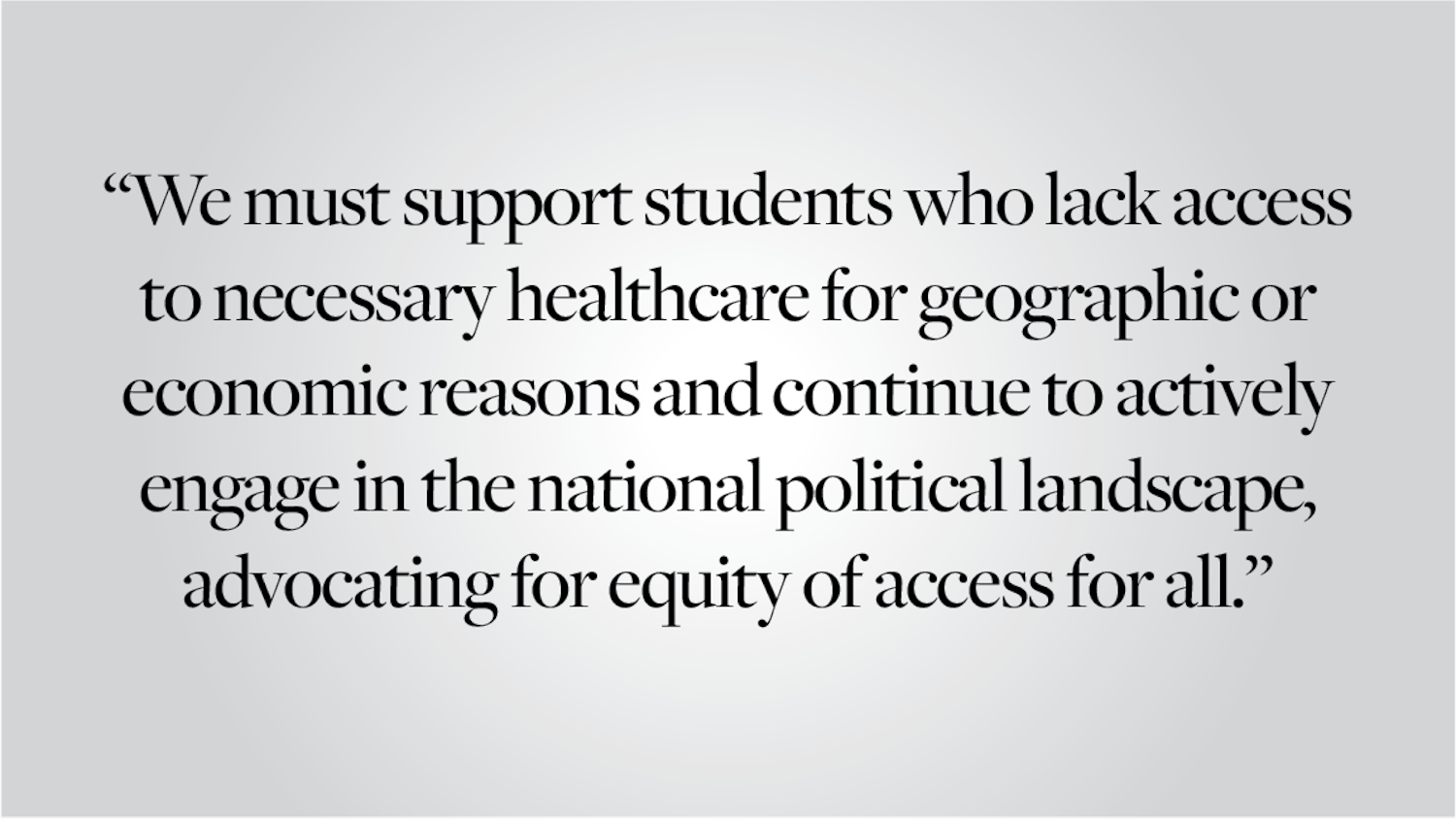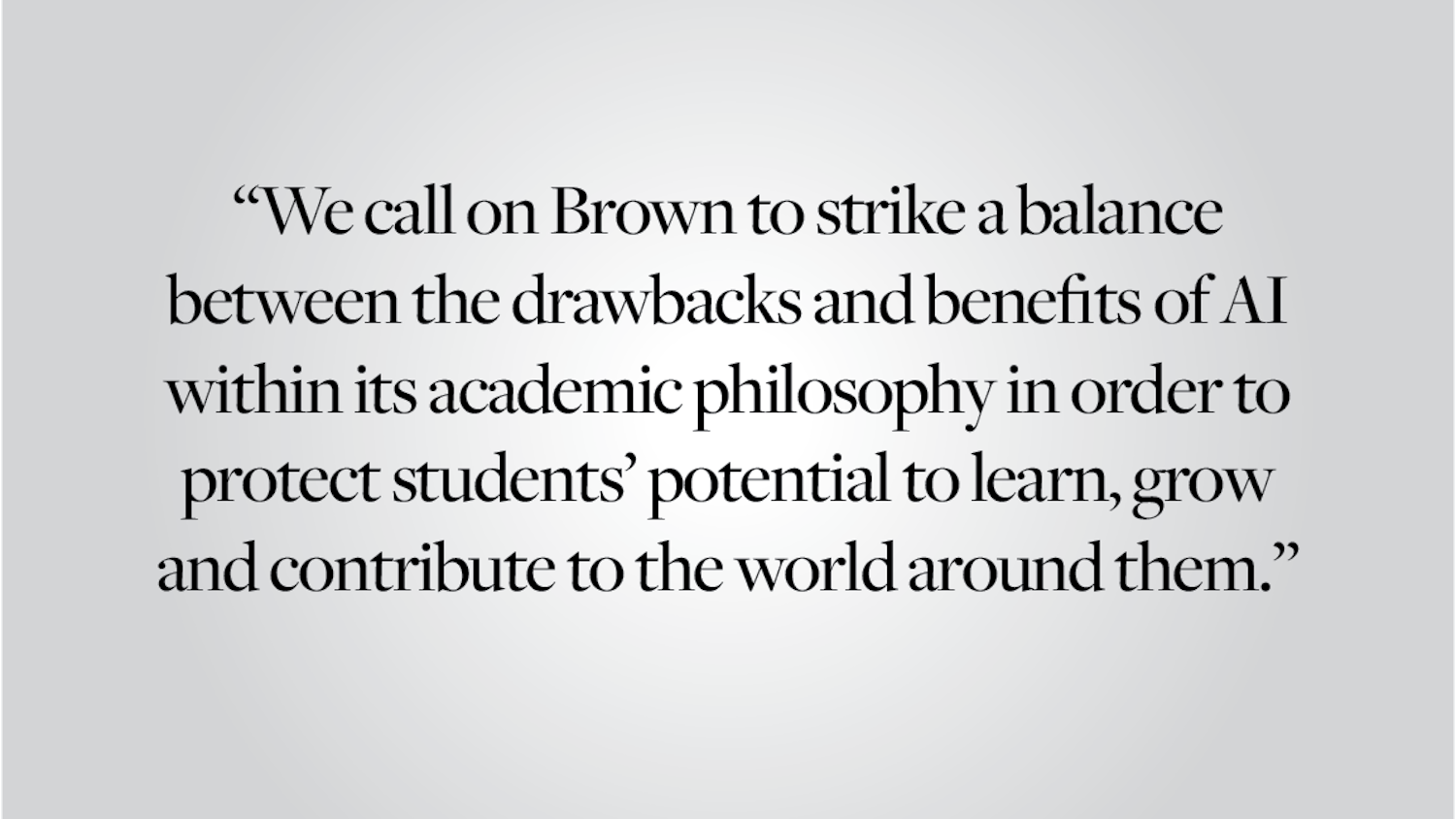This year, the Common Application — an organization that standardizes the college admission process for Brown and over 500 schools — introduced its new system, CA4. Unfortunately, this rollout has been characterized by technical difficulties, leaving frustrated students struggling to meet admission deadlines. Dealing with the consequences has been a “nightmare,” Jason C. Locke, a vice provost at Cornell, told the New York Times. Since August, when the new system premiered, students have faced numerous problems: New questions have been added, essays have been unable to upload and some parents have been forced to pay admissions fees multiple times because they received no confirmation. While we sympathize with affected students and encourage the University to provide allowances for Common App-related delays, we believe that a standardized application benefits not only Brown but also the high school applicants.
One of the first schools to use the Common Application, Colgate University, aimed to “reaffirm what was important in admissions,” Mary F. Hill, a former dean of admissions at Colgate, said in a Chronicle of Higher Education article. The benefits were immediately obvious: Colleges could get more information from prospective students, and applicants could use the same form to apply to several institutions. Its most explosive growth happened from 2001 to 2012, when applications done via the Common App quadrupled and the number of colleges accepting the Common App doubled. It was during this period that many schools, including Brown, moved from having distinctive applications to adopting the Common App in order to reach a wider variety of students. In 2007, the University of Chicago, a famous abstainer, switched to the standardized form under the leadership of president Robert Zimmer, a former Brown provost. As the last remaining elite institutions began to accept this standardized form, many decried a ‘one-size-fits-all’ college admissions culture that would remove the individual character of each institution.
Despite its flaws, the Common App helps institutions with a key metric — attracting diverse and talented students who are less versed in the nuances of the college admissions process. Students who are the first in their families to go to college or who come from schools that offer limited guidance, are less likely to be able to handle completing multiple sets of confusing applications. At its best, the Common Application reduces the workload of applying, streamlining what would otherwise be an overwhelming and off-putting process. A reversion to the previous system would certainly preference students with the resources — often including private counselors — to manage time-consuming concurrent applications. Instead, a streamlined Common Application gives Brown and other highly selective schools a chance to attract disadvantaged students who may have been discouraged by the cumbersome paperwork.
We hope that students and institutions give the new Common App sufficient time to fix its obvious deficiencies, given its potential to level the playing field of college admissions to some degree. But we would like to see this leveling go further. By the time disadvantaged students reach their senior years of high school, they have already missed opportunities that would enable them to gain access to elite and sometimes life-altering institutions. The Common App has enormous influence in the landscape of higher education, and we would urge the organization to work collaboratively with both high schools and colleges to identify promising but underprivileged students as early as possible, perhaps providing basic information early on about how to become an attractive applicant. The Common App, when used appropriately, can be an equalizing force, and we would like to see this extended to level the playing field in college admissions.
Editorials are written by The Herald’s editorial page board: its editor, Rachel Occhiogrosso, and its members, Daniel Jeon, Hannah Loewentheil and Thomas Nath. Send comments to editorials@browndailyherald.com.
ADVERTISEMENT




